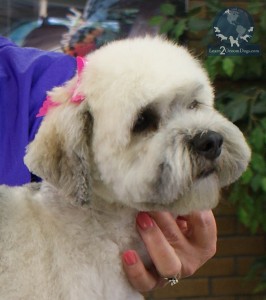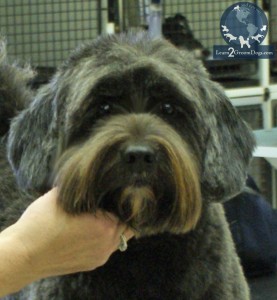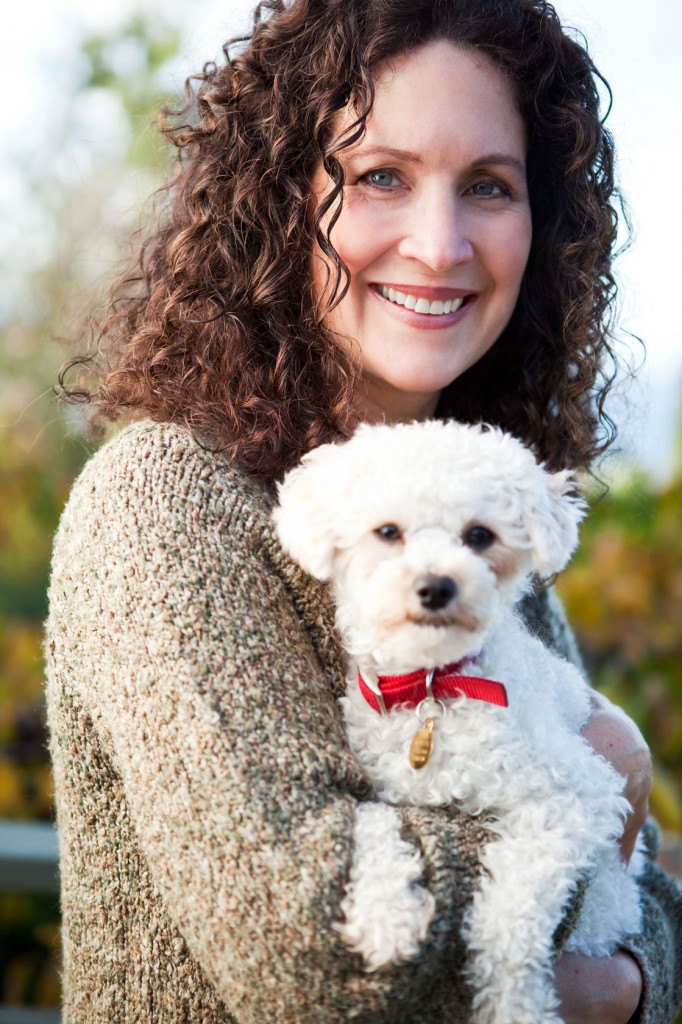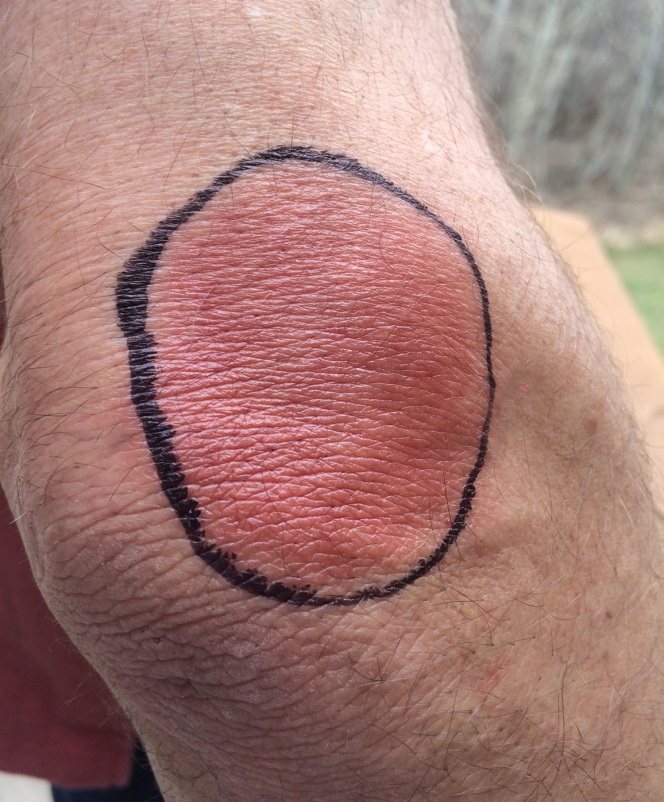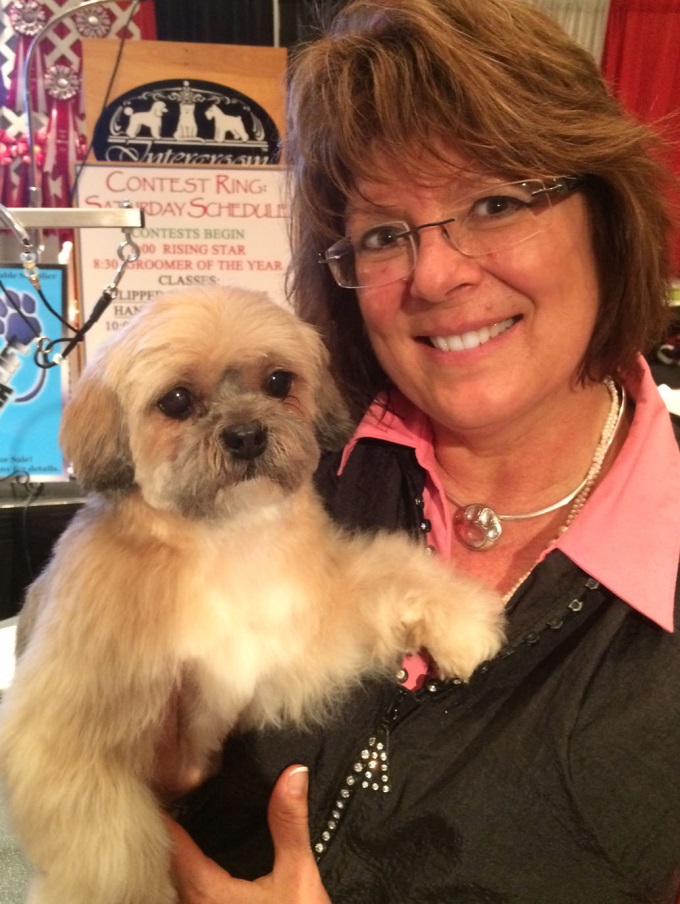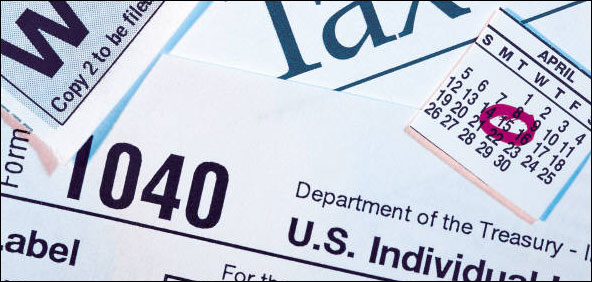Women have known this for years – a great haircut can take years off their age. Did you know it works for dogs too?
This styling technique works for almost any drop coated breed with ears that lay close to the cheeks such as: Shih Tzus, Lhasas, and Malteses. Typically, you use the ear style on dogs that get full body haircuts. This technique works or any purebred or mixed breed whose coat has a tendency to be straight. The common denominator for this trimming application is that the coat grows directly towards the ground as it grows. The size of the dog does not matter.
Heck, now that I think about it – it will work on many, many breed types. The most common coat types we see this ear style on are the drop coated breeds – but that they are not the only candidates. Any breed of dog that has fully feathered ears that drop close to the sides of their jowls will work. Straight coats. Wavy coats. Curly coats. It does not matter. It’s even super cute on some pricked eared dogs, too!
The best part? The effect is instant. The years melt away. The pet walks into the salon looking its age and walks out appearing so much younger. It looks like a pup again!
What’s the secret? Short ears. Layered short ears.
As a bonus, this ear style has other benefits too:
- It’s easy for the owner to care for
- The ears will not drag through the food or water dish
- They will not become matted or tangled
Here’s how you get the look.
- Attach a long guard comb over your clipper blade. Choose the length that will best suits the size of dog you are working on. Smaller dogs will be look puppyish with shorter guard combs. Large Doodle dogs will look better with a longer guard comb.
- Hold the ear leather flat across your hand to brace the ear. Gently guide the clipper over the outside of the ear. Imagine the ear leather like a leaf. A leaf has veins running through it. Run your clipper in the same direction as the veins in the leaf.
- Keep working over the top of the ear leather until the coat is consistently the same length. It does not have to be perfect – just close.
- With scissors or blenders, edge the ear for a neat appearance. Hold your fingers against the ear leather to ensure you do not cut the skin.
- Double check for evenness on the outside of the ear by gently back-combing the fur. If there are uneven spots, blend them in with thinning shears for a very natural look.
If you want to give a pet a youthful look – try this ear style. You can instantly make a dog look like a puppy again.
Happy Trimming!
Melissa
P.S. If you’d like to catch a free demonstration of this ear style, click here. Suesan Watson is an award winning pet stylist and a Learn2GroomDogs.com Training Partner. This is an excerpt from her video lesson called: Using Style to Bring Out the Charm in a Lhasa/Poo.

